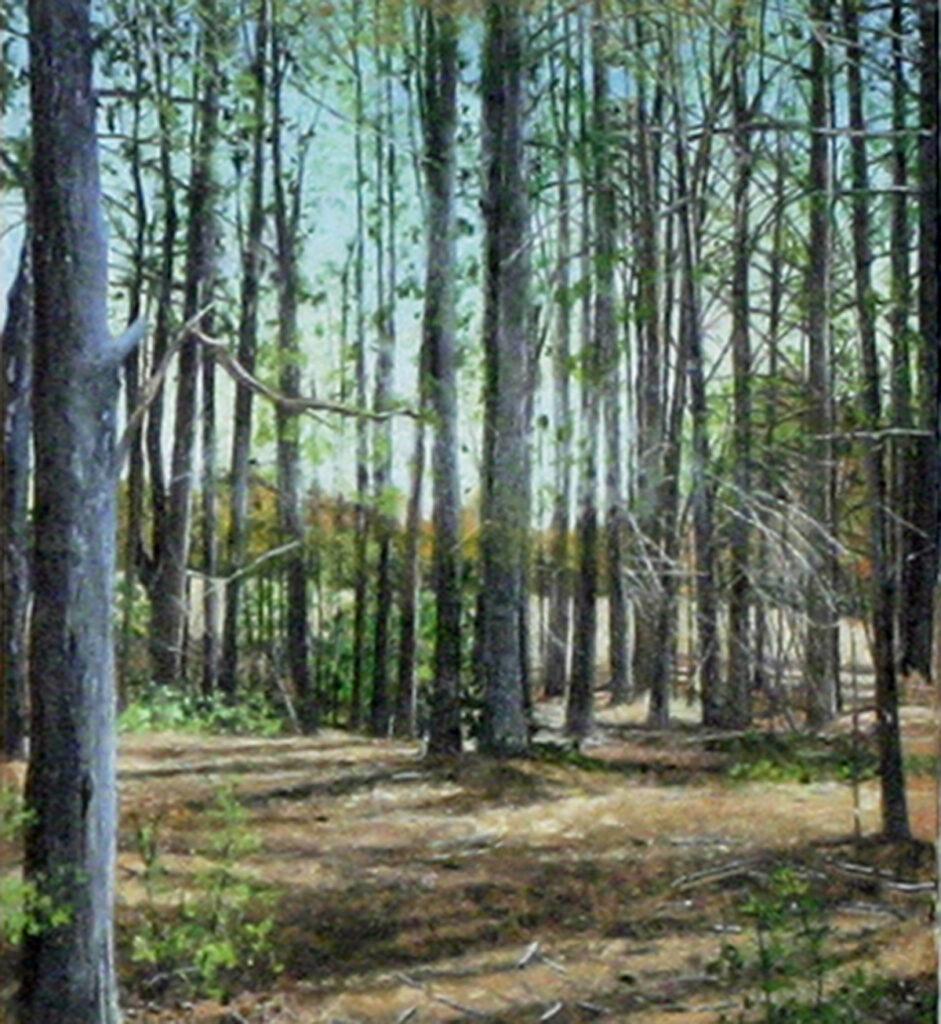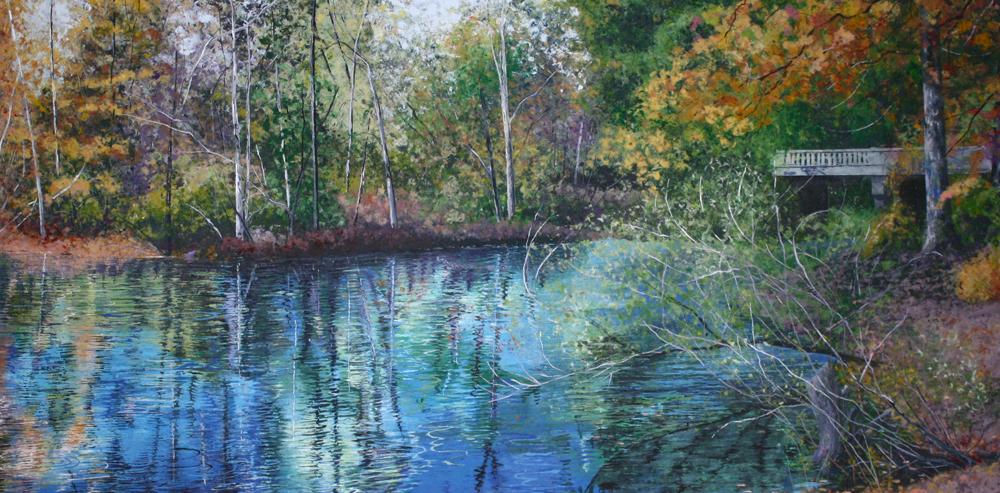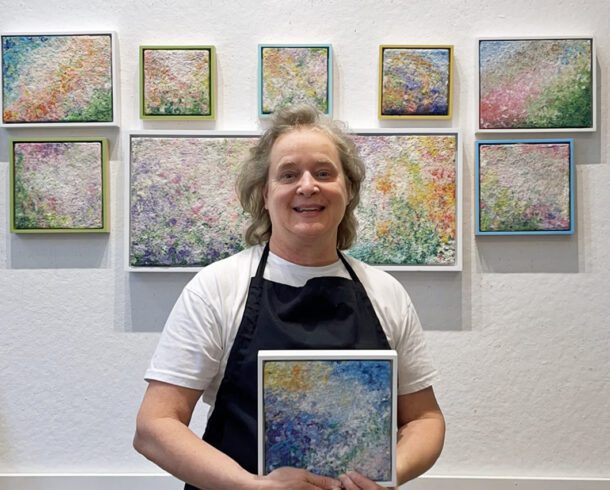Happy Arbor Day. The last Friday in April is devoted to planting and saving trees. This effort is at the core of the sustainability movement in architecture and design.
According to United Nations Secretary-General António Guterres in his 2022 address to the Environmental Assembly, “by 1972 when the UN Environment Program (UNEP) was founded, the planet was already showing signs of buckling under the weight of humanity.” He continued “In the following decades, UNEP and its partners will work with Member States to combat air pollution, restore the ozone layer, protect the world’s seas, promote a green and inclusive economy and raise the alarm about biodiversity loss and climate change”. The purpose of the UNEP is to offer a new way forward based on a vision for a better, healthier Earth built on the pillars of international cooperation.
Here is where architects, designers, and artists come in; we can use more sustainable materials by committing ourselves to this worthy pursuit envisioned by Secretary Guterres. This will take effort and imagination, but it is doable and within our grasp to commit to using alternative materials.
One such material is abaca, a natural leaf fiber that comes from a relative of the banana tree family native to the Philippines that grows throughout tropical regions. Abaca is a sustainable, environmentally friendly fiber identified by the UNEP as a “future fiber.”
Abaca is widely used for ships’ rigging and pulped to make sturdy manila envelopes. It is still used to make ropes, twines, fishing lines and nets, tea bags, sanitary products, textured wallpaper, filament for automobiles, and light weight clothing. The uses of this organic material are endless and worth exploring in greater detail.
I use abaca as my primary medium for my pulp paintings. The textured surface, silky feel of the raw fiber, and ability to hold color that is second to none. Embedded are just a few examples of my abaca-based art.
Sustainability is an important concept in architecture and design. It should be central to art making materials as well. As much as it is my mission to create beautiful artwork, it is imperative that the materials I use do not inadvertently harm the environment in the process. Using abaca ensures I am committed to this goal.
Together, architects, designers, and artists can answer the call for using more sustainable materials in their projects thereby answering the call from the UNEP to create ” a better, healthier Earth built on the pillars of international cooperation.”
We can do this. Whose with me?




